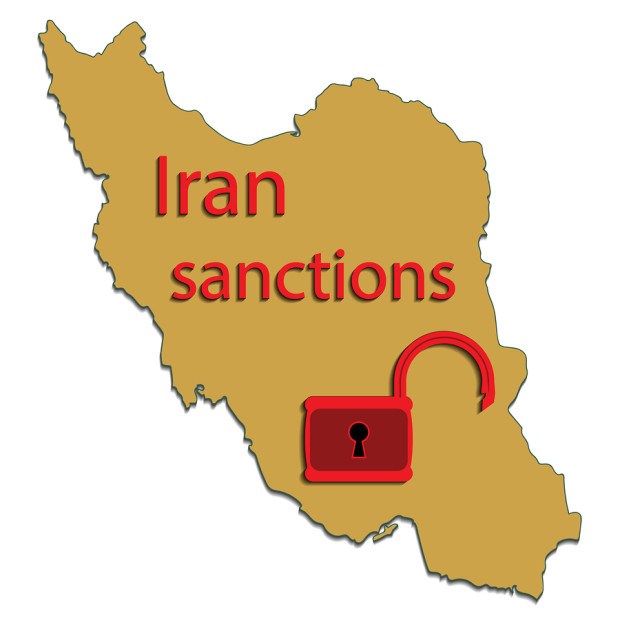The potential lifting of trade sanctions on Iran could present a huge opportunity for insurers and reinsurers in the months and years ahead, A.M. Best concluded in a new briefing.
Right now, the Iranian insurance market is one of the largest in the region, with $7.5 billion in gross premiums written in 2014. Importantly, the market has been growing even with sanctions, A.M. Best said.
What insurers and reinsurers could gain from is the Joint Comprehensive Plan of Action. The agreement, announced on July 14, was negotiated between the U.S., United Kingdom, Germany, France, China and Russia and agrees to lift UN Security Council and other sanctions in return for Iran’s affirmation that it would never seek, develop or acquire any nuclear weapons.
Once sanctions are lifted, insurers and reinsurers would be left with a market where 1/5 of homes are insured and 31 percent of vehicles are uninsured. The Iranian market so far counts motor and medical as the main lines of insurance, and mandated motor third-party liability driving growth in premium volumes, A.M. Best said.
Other lines of insurance/reinsurance in Iran have low premium revenue so far, with few instances of private sector property insurance. As well, commercial risks are largely underinsured, A.M. Best said, stemming from many being state property and the Iranian government being able to keep or subsidize the risks.
But once sanctions are lifted, insurers could gain greatly by capitalizing on Iran’s various levels of under-insurance. A.M. Best notes that the market contains 78 million people with a large youth population. Iran could draw insurer interest that rivals Turkey, which has attracted European insurers, some Japanese companies and U.S. insurers, the ratings entity pointed out.
If the market opens, this would be a huge change for the Iranian insurance sector, which has generally been a closed market with its domestic reinsurers generally handling the country’s reinsurance need. Without sanctions, however, the expectation is that major reinsurers will reengage with Iran. Potential areas of coverage include its “significant” oil reserves, and a likely boost in international trade to help grow infrastructure and develop businesses, A.M. Best said.
Assuming sanctions are lifted and the insurance environment in Iran attracts new players, plenty of risks remain that might give insurers pause. A.M. Best noted, for example, that Iran’s earthquake exposure is higher compared to countries in the Gulf Cooperation Council. Also, Iran faces flood risk in a number of places, such as in 1986, when 30 percent of Iran dealt with floods that damaged infrastructure, residential property and crops.
Other potential trouble spots: aging infrastructure and the potential of differing risk management standards influencing reinsurance underwriters’ pricing decisions.
Source: A.M. Best





















 Slideshow: Carrier Management’s 2025 Top Editor’s Picks (Unlocked)
Slideshow: Carrier Management’s 2025 Top Editor’s Picks (Unlocked)  Artificial Intelligence Is Rewriting the Rules for Commercial Lines
Artificial Intelligence Is Rewriting the Rules for Commercial Lines  Nearly Half of 100 Largest P/C Insurers Destroy Value: ACORD
Nearly Half of 100 Largest P/C Insurers Destroy Value: ACORD  Surge of Supercharged Hurricanes Prompt Call for Cat 6 Classification
Surge of Supercharged Hurricanes Prompt Call for Cat 6 Classification 









